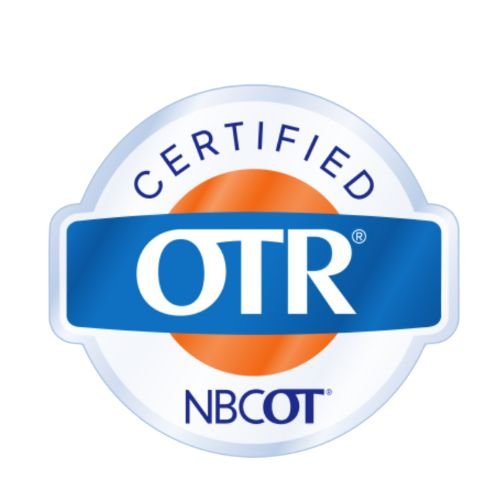There is nothing worse than waking up in a pool of your own sweat. Whether its due to hot summer nights or hormonal changes, a hot body is sure to disrupt your sleep. Our body temperature naturally decreases when we sleep, reaching the lowest temp around 4 am. We want to make sure that our routines, environments, and bedding is set up to foster this physiological sleep preference. In this post we are going to talk about some cheap / easy ways to combat night sweats and then we will discuss some of the things you need to know if you are in the market for cooling sheets and a few of my favorite brands.
1. Avoid working out late in the day / evening - Working out later in the day raises your cortisol and body temperature which can impact your ability to get quality sleep. Try to schedule your sweat sessions for the AM if possible. This will be great way to spike cortisol early and give you the energy you need to sustain the day.
2. Run Cold Water over your hands / wrists / feet - Give yourself a foot soak in cool water before bed, then rub your feet with some peppermint oils. Or rinse your hands/ wrists with cool water. These points can help lower body temperature temporarily.
3. Temp Settings- Try to set the thermostat cooler at night. Anywhere between 65-67 is my preferred setting. You should also use a fan to help circulate the air in the room.
4. Ice pack / rick sock - Use a gel cool pack or place a sock full of rice into the freezer each morning. You can place the cooling pack under your neck, torso, etc. to help cool your body.
5. Cooling sprays - Find yourself a stainless steel spray bottle and fill it with some ice cold water before bed. You may even want to add a drop or two of lavender essential oil. Then keep the mist on your bedside table and use as needed. There are other mists out there that athletes use during trainings, often infused with cucumber and green tea. Do a little research and find a brand that suites you.
6. Chill your curtains – If you do sleep with the window open at night, try misting your curtains with cool water. This allows the night breeze to cool even further when entering, lowering the temps in the room.
7. Sleep Alone – I know, I know….Summer Bummer, right? But the transfer of body heat is one of the main culprits of raising bedroom temps. I hate recommending sleep separations because I’m the biggest advocate of intimacy and nighttime snuggles. BUT, if you really struggle with night sweats and purchasing a bunch of cooling technology for your bed is not in the cards, it might be time to bunk solo.
8. Turn off electrical devices – Unplugging electrical equipment that is not in use help decrease temperatures and eliminate unwanted lights, lower your electrical bill, and help the environment. Win, Win, win!
9. Ice Water near the bed - Make sure you have access to cold water to sip on during any night wake ups. Using a thermoregulated water bottle can be very helpful.
___________________________________________________________________________________
If these easy tactics are not helping then it may be time to look into some cooling sheets for your bed. Let’s discuss the five main factors that you need to consider when picking out the best sheets for the summer months including material, weave, thread count, color, and price.
Material
Your head may spin when you start to research all of the different sheet materials. Some of the common materials include cotton, Egyptian cotton, linen, Tencel (Eucaplytus), bamboo, silk, polyester, flannel, and jersey.
I typically recommend organic cotton (like the Brooklinen Classic Core), tencel (eucalyptus), or linen sheets for my clients that sleep hot. I recommend organic cotton sheets, as the lack of pesticides means less breakdown of the fibers. You also want to ensure that the sheets are made from quality, long staple fibers. Cotton sheets are lightweight, breathable, and durable.
Tencel is made from eucalyptus, making it a very sustainable and eco-friendly option. Tencel is soft and helps wick away moisture. These Buffy sheets are so soft and will help keep you cool.
Linen, made from the flax plant, is very breathable and has antimicrobial properties. It is a great for hot sleepers. The fabric can seem a bit rough, yet it softens with each wash and is very durable. These Tuft and Needle sheets are a good balance of durability and price.
Weave
Another thing to consider when purchasing sheets is the weave of the material…..percale versus sateen.
Percale is a one under, one over weave (like the crafts you used to do at summer camp). These sheets are cool, crisp, lightweight, breathable, matte, and durable. One of the only cons is that they tend to be a little more wrinkly. Percale are great for hot sleepers.
Sateen features a three over-one under weave and is known for its thicker, warmer, lustrous sheets that are far less breathable than percale. These sheets are a lot silkier and heavier on the body, great for people who run cold. These sheets are less prone to wrinkles; however, they are more prone to piling, making them less durable.
Thread Count
Most people believe the higher the thread count, the better the sheets. While it is true, higher thread count typically equals softer sheets, it also means heavier and warmer sheets. Hot sleepers should avoid higher thread count sheets as they trap heat. 270 thread count is often a nice balance of durability, softness, and breathability.
Color
It is important to ditch dark colored sheets in the spring and summer and opt for a light and airy look. Just like wearing a black t-shirt on a hot summer day, dark sheets will trap in heat.
Price
It is no surprise that when you are looking at high quality sheets, the price tag will go up. You don’t need to break the bank, but please treat yourself. You spend 1/3 of your life in bed and quality sleep is the FOUNDATION of our health and well being. You deserve good rest.
Mattress Pads
For people who are really struggling with night sweats, I often recommend the Chillipad. This is a hydro-powered mattress pad that offers thermoregulation settings between 55 -115 degrees F.
Hopefully these tips and sheet recommendations will give you some implementable options to try. Make sure you reach out with any other sleep needs. I’m always here to help.









